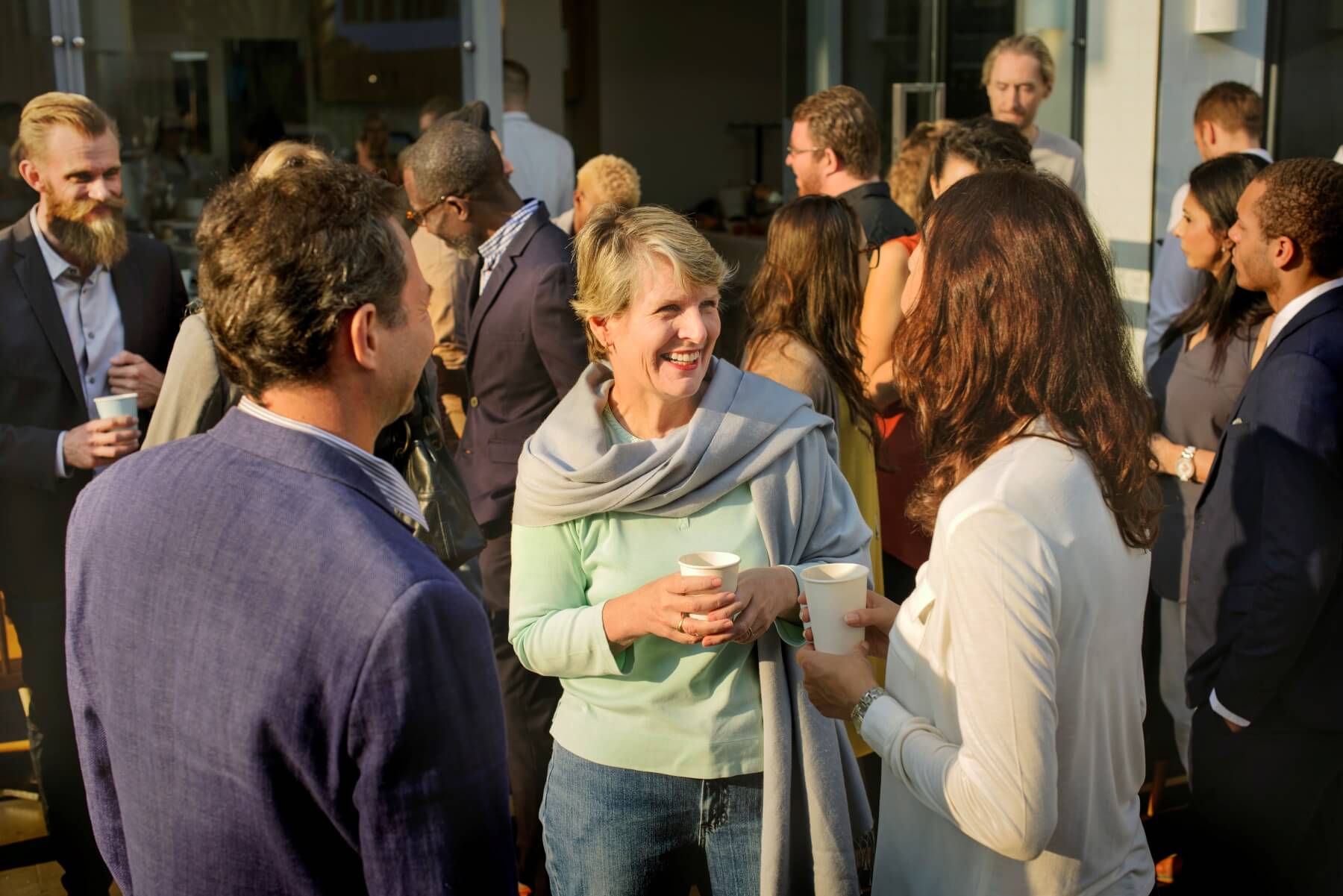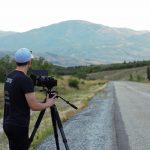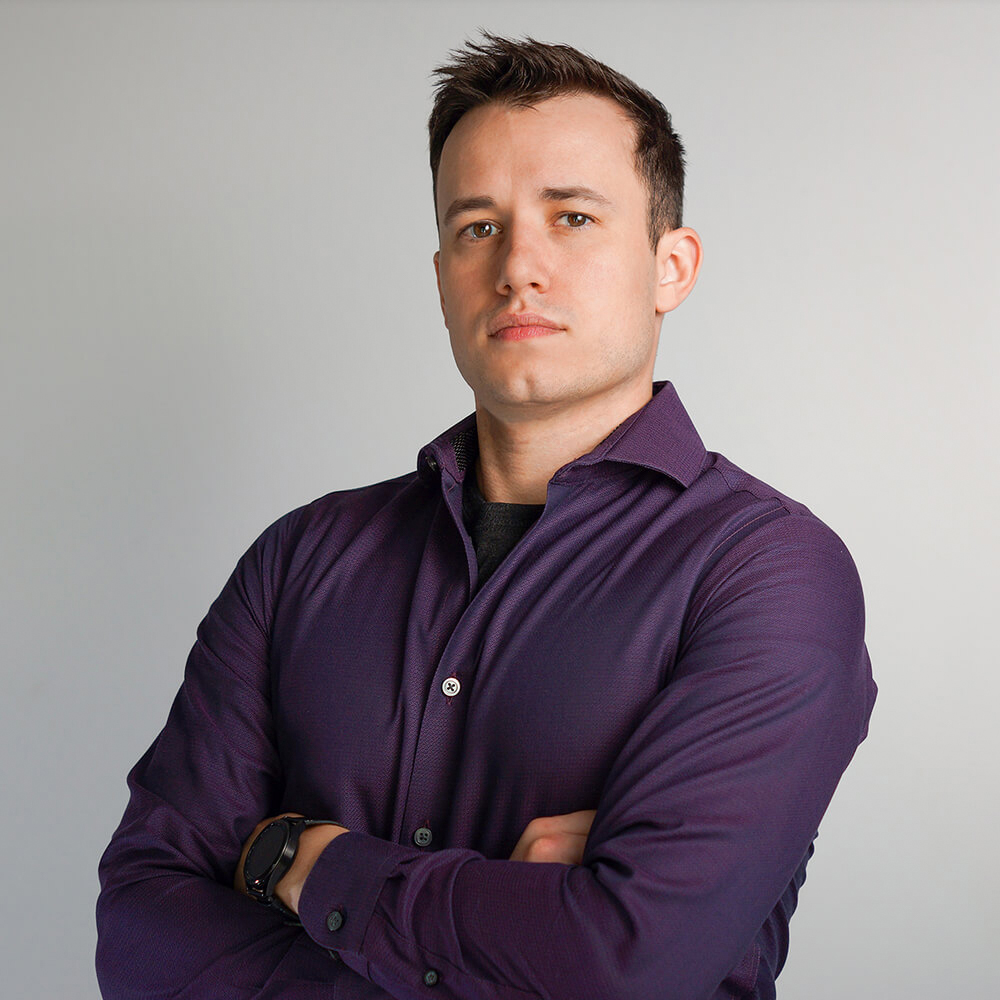Getting the word out about an event to a specific audience isn’t easy when you don’t know where to start. It can be nerve-wracking as you wonder, will anyone actually show up?
The first step, before you even promote the event, is to understand your target audience (as with most marketing) and what people will be drawn to about it. If you’ve hosted this event or something similar in the past, asking a few attendees why they registered will help get you that insight.
Putting out feelers (i.e. creating polls on social media or asking peers) to make sure that there is a high chance of success is another preliminary way to ensure it won’t be a flop. You need to know if the topic of your event is something your audience will actually be interested in.
Another question to ask yourself is, do you have anyone ready to say “YES!” once you release it? Getting people interested from the get-go will give you that traction to start reaching even more people. (More on that in strategy #7 below.)
Asking these preliminary questions and learning if your event will have enough demand is very important. If you’re finding that there may not be enough demand for the topic of your event, now is the time to shift it before you put time and resources into marketing.
Once you’re happy with the event topic, it’s time to start marketing it!
Strategy 1: Creating Branding For The Event
Branding for anything you’re trying to sell is incredibly important. The same holds true for events.
Imagine a movie you want to go to, but all the posters don’t match and it’s described in different ways every time you hear about it. Confusing… right? Don’t do that.
Branding your event is a pre-promotion strategy that’s absolutely necessary for marketing an event successfully and helping it look as professional as possible. Nobody wants to go to an event that’s half-assed and thrown together. People WILL judge the event based on how you’re visually promoting it.
If your event collateral looks outstanding and impactful, you’re already off to a great start.
To brand your event, it needs to have a uniform appearance.
- A title that draws people in
- A killer description that tells people exactly why attending will benefit their lives or what they’ll get out of it
- 1-2 cover images to use on social media (or more for a larger event)
- One or two event posters (or more, depending on how long you have to promote it and how widespread the promotion will be)
The more events there are that are similar to yours, the more bold and memorable your branding needs to be.
You might not need something so creative and bold if you’re hosting a workshop, educational event, webinar, or something more business-oriented. But it never hurts to make a statement and be memorable!
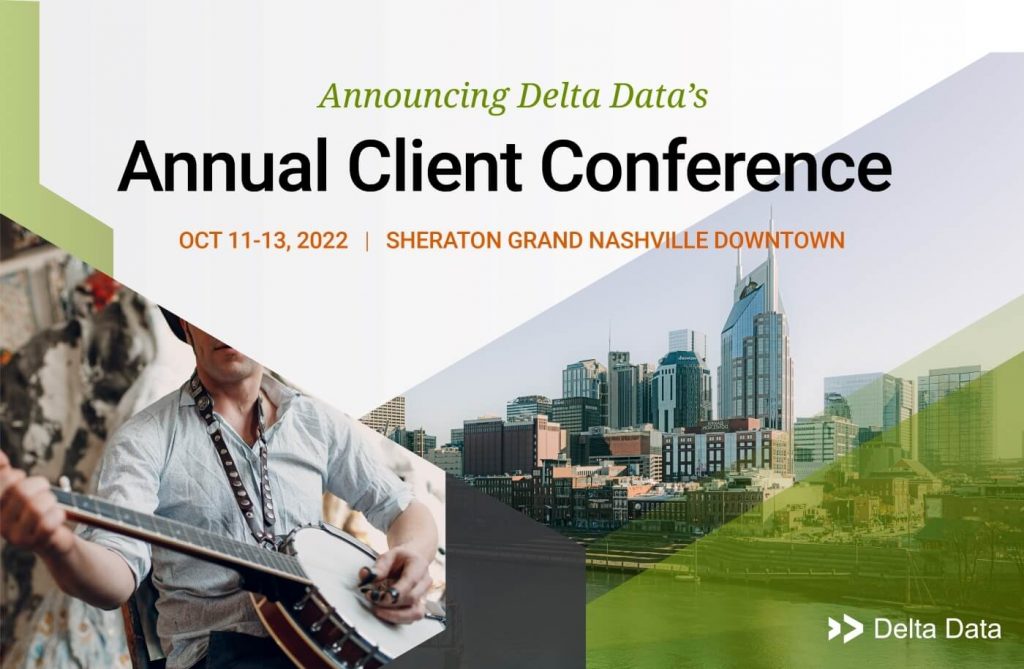
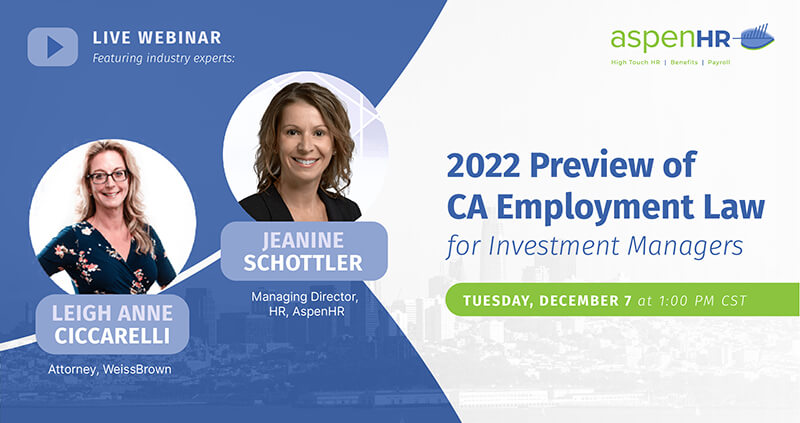
Stay consistent with your branding on every platform that you advertise on; every printed poster or flyer you share and even on the webpage you have for the event should look similar.
Once you have these event assets created, it’s time to get the word out.
Strategy 2: Use Facebook Events and Groups
Facebook has an excellent system for sharing events, especially events that you’re promoting to consumers or small businesses. (Company events tend to do better on LinkedIn.)
When creating a Facebook event, you’ll need:
- A branded event banner image (16:9 ratio)
- Event title
- Location
- Detailed description
- Link to get tickets
We have several rules of thumb when working on these items.
- Don’t select a title that’s too generic. Make sure your title is memorable and descriptive and draws people in.
- Include the title, date, and time on the banner image. But don’t include a price on the banner. Get them attached to the event before sharing the price (it should go somewhere in the description).
- Be sure to place several links to your website (or wherever you are selling tickets) in the description! Make it VERY easy for them to register or RSVP.
- Include a way for them to reach out and get more information from you. You could put an email address or link to your website contact page within the description.
After you’ve created the Facebook event, join relevant Facebook groups and share the event link & description within them. This is an excellent way to reach your audience. Facebook groups are often focused around a specific interest, so joining the right groups means you can market to an audience that (1) you know is active on Facebook and (2) is already interested in your topic.
Be careful because sharing the same thing in too many groups may make Facebook mark them as “spam”. Typically, post the same thing in no more than 8 groups every 1.5 weeks to ensure Facebook doesn’t stop showing your posts to people.
You can also create a paid Facebook promotion around the event, getting as specific with your targeting as you would like.
Strategy 3: Follow Up with Facebook Messenger
As people start to RSVP as “interested” on the Facebook event, you can easily access that list of people. Messaging each person who RSVP’d on the event individually, especially as the event gets closer, will help you boost attendance.
Keep the message simple, inviting them to ask questions and engage with you.
Here is a message we’ve used in the past for clients with high success:
Hi [NAME], I noticed you RSVP’d as interested in my upcoming event, EVENT NAME, on EVENT DATE! Early bird prices end soon, so I wanted to reach out and see what questions you might have for me about the class. Here’s the link to read about it and join! INSERT RSVP LINK
You could also ask them if they plan to join, or include anything else you see as relevant. Avoid phrases like “let me know if…” or “reach out if…” — these are passive phrases and psychologically allow them an easy way out.
Follow up a few days before the event as a “last chance to join reminder” — this is a second chance for you to message them and make another connection.
Strategy 4: LinkedIn Events
Linkedin events are wonderful in that you can download the contact information for anyone who clicks “interested”. (As opposed to Facebook, where you can only view the list and not download it.)
To unlock this helpful feature, you must select the box “Use Linkedin registration form” when creating the LinkedIn event (and then enter the link to your website’s privacy policy, which is required).
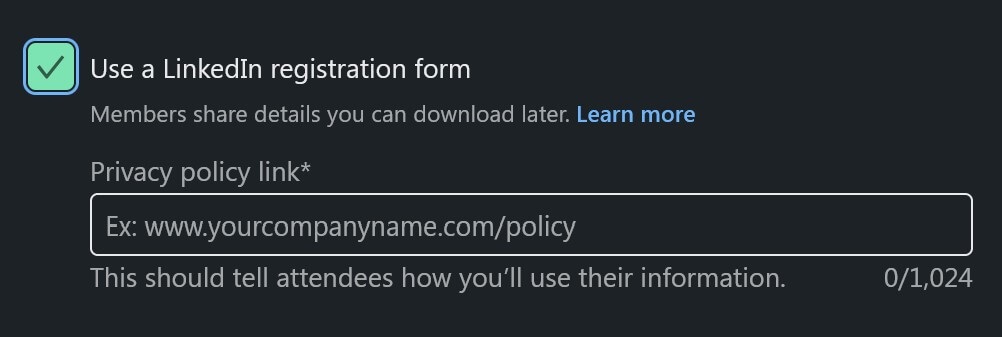
You can’t go back and change it after the event is created, so be sure to do this when you’re setting up the event. Here are instructions to create a LinkedIn event.
You will need many of the same items as you did for creating a Facebook event: a branded 16:9 banner, an event description, and a link to RSVP.
You can also add speakers as long as they are your connection on Linkedin. We recommend doing this so that they may share the event and it has a chance at reaching their connections.
After the event is created, be sure to share the link on your personal and company page, and ask others to share it as well. You can also boost the event to your target audience.
After you start getting a list of interested people, you can download the list of event attendees from Linkedin and enroll them in your email list. Then set up reminder emails going out to them. If it’s a paid event, remind them to register by a certain date. If it’s a free event, remind them to join/show up on the correct date & time.
Strategy 6. Sell Your Speakers
Your speakers are a huge asset when it comes to drawing people to an event.
Tell people why your speakers are experts, what they will take away, and how it will benefit their life. Tell them why you’ve selected them for the event. Don’t assume people will know your speaker, even if they are well-known in the industry.
Providing your speakers with quality graphics about their involvement in the event will make it more likely for them to promote on their end.
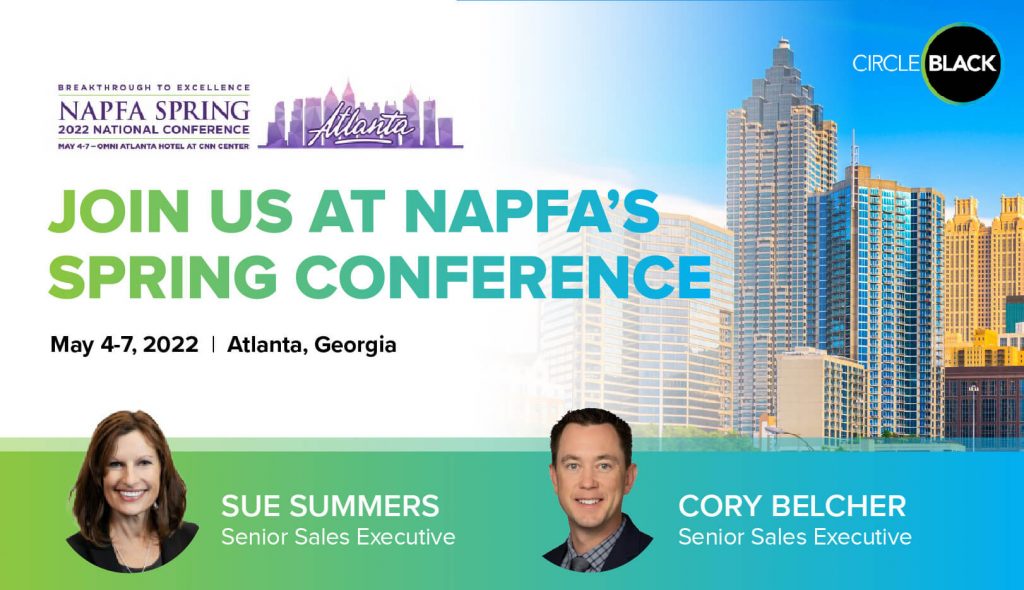

If you don’t have speakers, sell whatever people are coming to the event for… the food, the networking opportunity, the learning experience, etc.
Strategy 7. Hype the Event Before Registration Opens
Generate buzz around the event and let people get excited! You want as much excitement and build-up as possible. This strategy plays off the powerful psychological tool: scarcity.
(What is scarcity? Scarcity, or exclusivity, is the idea that people want something not everyone can have. It’s especially powerful when selling higher-priced products. Scarcity creates a sense of urgency to purchase now before someone else. It triggers FOMO, or Fear of Missing Out. The rarer an item is, the stronger this psychological principle can be.)
Before you open up ticket sales, tell them the event is coming and allow them to pre-register for the event and to get email notices about it.
Why? Because you want the launch to be crazy, with LOTS of momentum to help you spread the word!
“Registration is FINALLY open! The event is finally here! Save your spot NOW before spots are full!” You get the idea.
Strategy 8. Offer an Early Bird Discount or a Flash Sale
An early bird deal an exclusive offer that’s only available to those who register for an event before a certain time, often a week or a month before the event. A flash sale is similar but it’s less predictable; it can be announced seemingly on a whim, and end quickly.
Providing an incentive to register within a certain amount of time can be a powerful way to boost attendees.
Utilize all the marketing channels you have access to; Facebook, Linkedin, email, Instagram, etc. to get the word out about the sale. Do everything you can.
When you promote the sale, however, be sure there is no more than a week’s time frame for them to register. Otherwise, they’ll wait, and the excitement may fizzle out. If you’re opting for early bird pricing rather than a flash sale, wait until 1 week before early bird ends to hype it up.
Strategy 9. Use Video
Eventbrite research shows that 94% of event creators who use video say it’s effective. It makes a huge impact, far greater than static images. People will naturally interact with videos.
You could release videos of the speakers or members of your company talking about the event–and expressing why someone should join (what they’ll get out of it) and HOW to join.
Attendees also want to see what happened at last year’s event (or past events) so they know what to expect. So if you haven’t already, start collecting footage at your events to use in the future so that your next event will be even more successful.
Need help promoting your next event?
Get in touch with our team to discuss how to make your next event a huge success!
This article was featured on Advisorpedia and FMG Suite.
